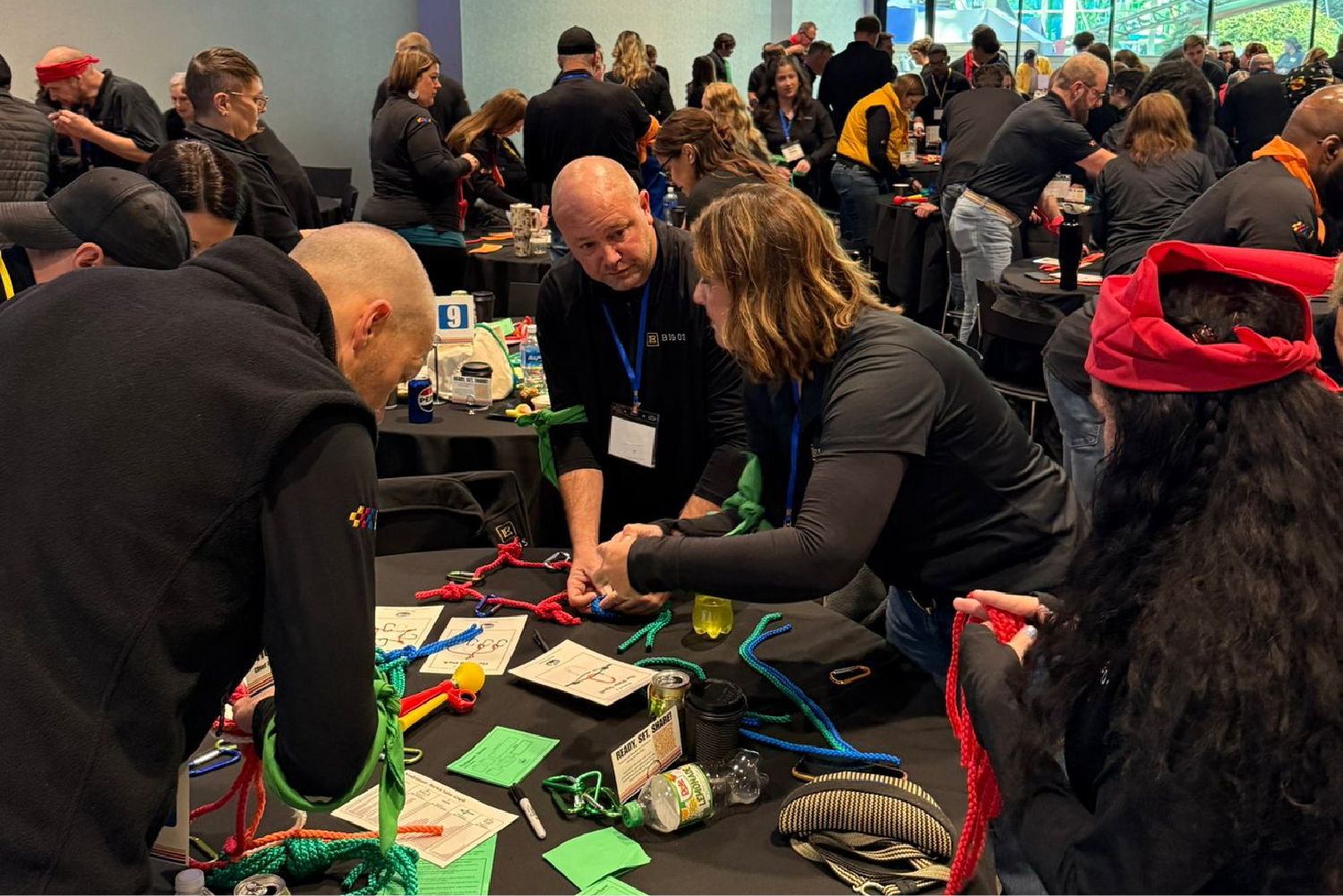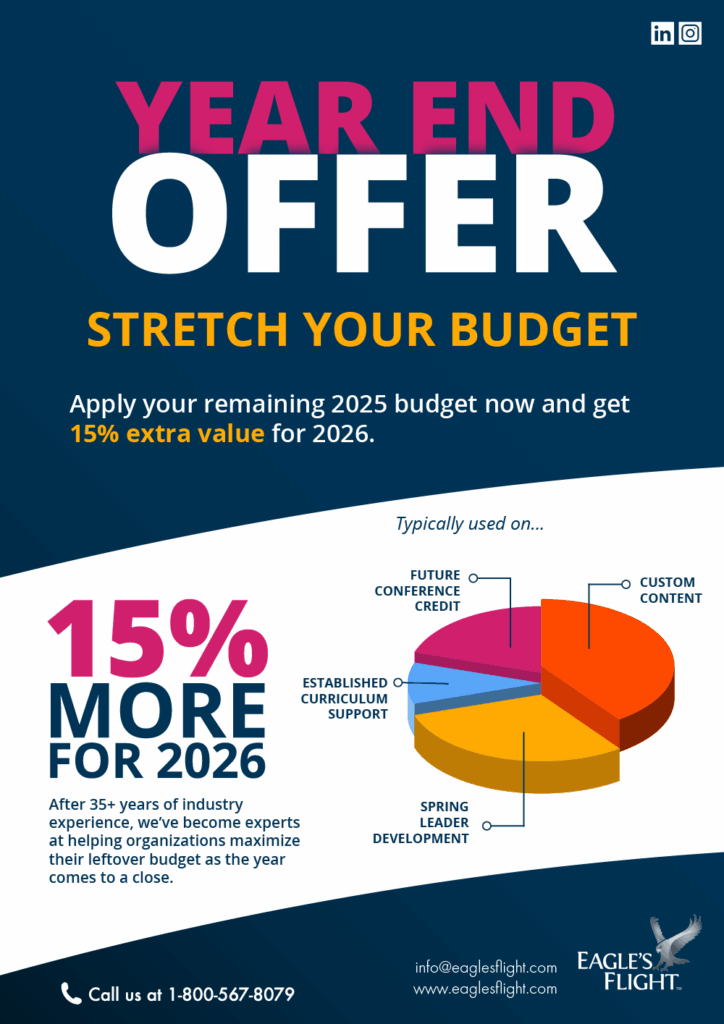Stop Losing Revenue by Treating Training as Extra: How Continuous Development Fuels Growth
Introduction
Too many organizations treat training as something they fund only when there is “extra” budget. The result is predictable: stalled growth, disengaged employees, and leaders who are unprepared for the challenges in front of them.
Training is not a perk. It is not optional. It is the system that fuels performance and revenue. In this article, we will show why treating training as “extra” costs you more than you think, and how continuous development creates compounding growth for your people and your business.
The Pain Point: Training Is Seen as a Cost, Not a Growth Driver
When training is treated as an expense instead of an investment, organizations run into predictable problems:
Employees leave because they do not see a path to grow.
Sales teams hit a ceiling because their skills are not evolving.
Leaders are promoted without being equipped to lead effectively.
The pain point is clear: without continuous training, performance flatlines.
Why Most Approaches Fail
Many organizations fall into the same traps when it comes to development:
One-and-done events: A single workshop or conference that inspires for a day but fades by the next week.
Reactive budgets: Training is funded only when a problem arises, never proactively.
Generic content: Off-the-shelf programs that feel irrelevant and fail to change behavior.
These approaches create wasted spend and little to no measurable impact.
The Solution: Continuous Development as a Revenue Strategy
The answer is to stop treating training as an expense and start treating it as a growth system. Continuous development delivers:
Sharper Skills: Employees consistently improve in their roles, creating compounding performance.
Better Leadership: Managers gain the ability to make strong decisions under pressure.
Agility: Teams adapt faster to change and innovate more effectively.
Retention: People stay because they see investment in their future.
Continuous training is not an extra line item. It is your competitive advantage.
The HEART, HEAD, HANDS, HARVEST Approach
At Eagle’s Flight, we understand that transforming training from an expense into a growth strategy requires a holistic approach. Our proprietary methodology: HEART, HEAD, HANDS, HARVEST, ensures that development is not just a series of isolated events, but a continuous journey that builds lasting change.
HEART: Begin with conviction. Training must resonate with participants on a personal level. When individuals see the value and relevance of their development, they are more likely to embrace and champion change. This emotional engagement is the foundation for sustainable growth.
HEAD: Equip your team with the knowledge they need to succeed. This involves not only transferring information but ensuring that it is understood and can be applied in real-world scenarios. Tailor the content to align with your organization’s specific challenges and opportunities, making it directly applicable and impactful.
HANDS: Practice is crucial. Training should include experiential learning opportunities where individuals can apply new skills in a safe environment. This hands-on approach builds competence and confidence, preparing your team to implement what they have learned effectively.
HARVEST: Finally, focus on results. Continuous training should lead to measurable improvements in performance and productivity. Regularly assess the outcomes of your training initiatives and adjust as necessary to ensure alignment with strategic goals. This ongoing evaluation helps to maintain momentum and demonstrates the tangible benefits of your investment in development.
As Phil Geldart noted in In Your Hands, “Leadership is about releasing human potential.” By integrating the HEART, HEAD, HANDS, HARVEST framework into your training strategy, you create a culture of continuous improvement that drives your organization forward. This approach not only enhances individual capabilities but also strengthens your organization’s competitive edge in the marketplace.
How to Put It Into Practice
Organizations can begin embedding continuous training with a few steps:
Audit current development cycles. Where are the gaps in skills and leadership readiness?
Align training with business outcomes. Connect programs directly to revenue drivers.
Introduce reinforcement. Build learning nudges and follow-up into the system.
Measure consistently. Track how skills translate to sales, productivity, and retention.
Proof and Evidence
Research shows the difference between companies that invest in continuous training and those that do not:
Organizations with strong learning cultures are 92% more likely to innovate and 52% more productive (Bersin & Deloitte).
Companies that prioritize employee development see 24% higher profit margins (ATD Research).
Continuous training directly links to employee retention: workers who feel invested in are 47% less likely to leave (LinkedIn Workplace Learning Report).
Frequently Asked Questions
Q: Isn’t continuous training too expensive?
A: At Eagle’s Flight, we believe the true cost lies in turnover, lost sales, and stagnant performance. Our experiential learning approach delivers a return on investment that significantly outweighs the initial expense by driving sustained growth and engagement.
Q: How often should training happen?
A: Training should be a continuous journey, not a once-a-year event. At Eagle’s Flight, we emphasize the importance of ongoing development, where even small, monthly reinforcement can lead to profound and lasting improvements in performance.
Q: What if employees do not engage with training?
A: Engagement is achieved through relevance and reinforcement. Our experiential learning methodology ensures that training is not only engaging but also memorable, leading to higher participation and retention rates. By immersing participants in realistic scenarios, we make learning both impactful and enjoyable.
Conclusion
Treating training as “extra” is a mistake that costs companies revenue, talent, and momentum. Continuous development is not optional. It is the system that fuels growth, equips leaders, and keeps teams agile in a changing world.
The choice is clear. Either keep cutting training and stall, or invest in your people and build unstoppable momentum.






